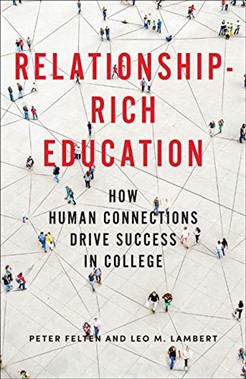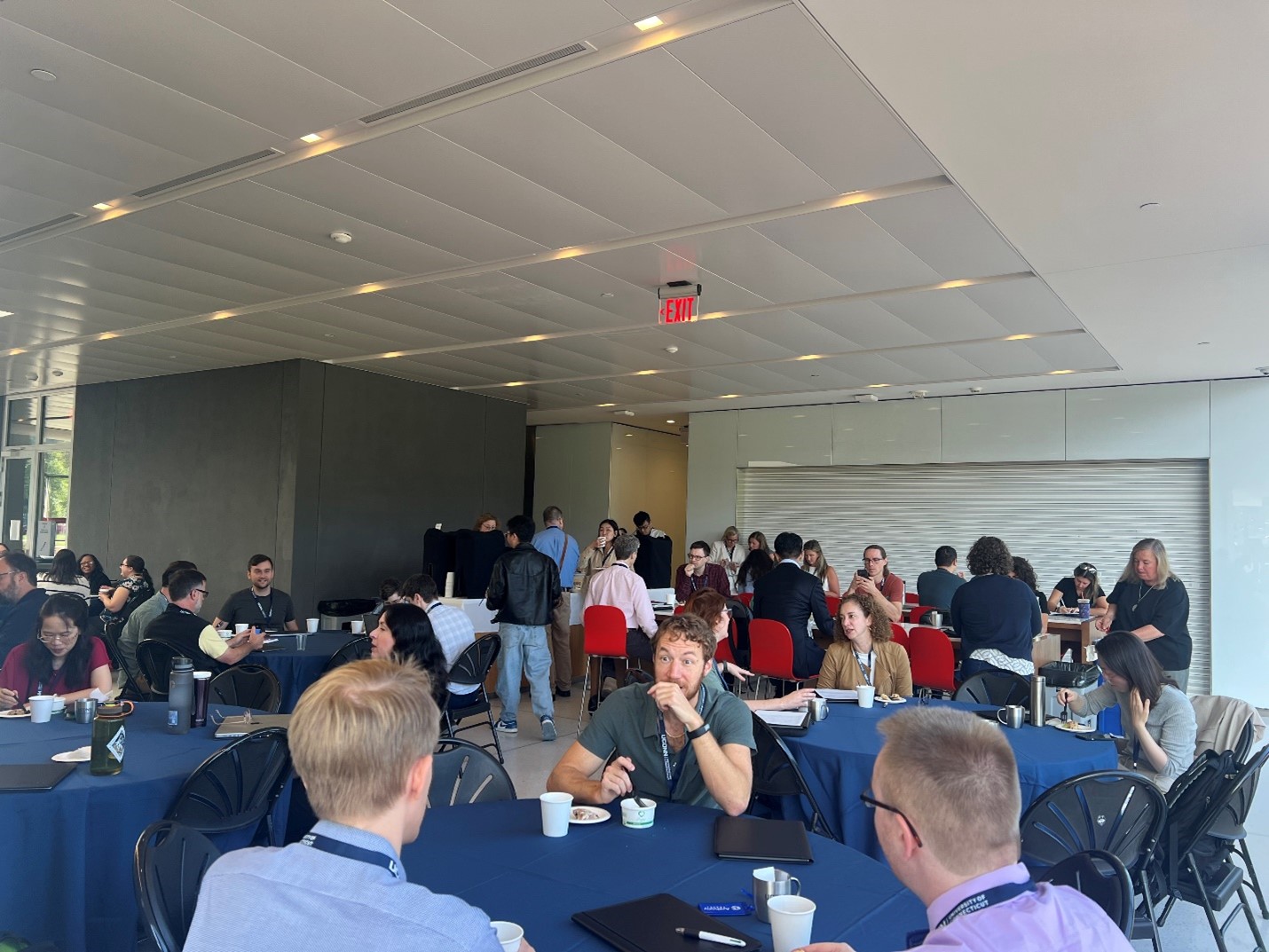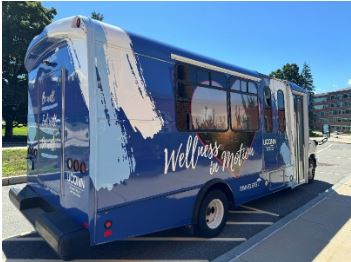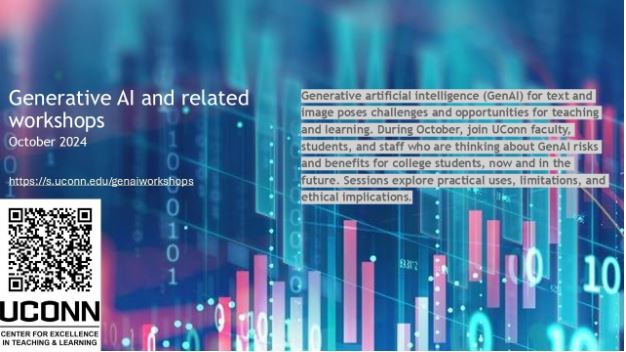Office of the Provost
First-Year Focus: August 29, 2025
Relentless Welcome
There are few experiences more affirming than being genuinely welcomed by someone who is glad to see you. Whether it’s the warm embrace of a loved one, the spark of recognition in an old friend’s eyes, or your dog’s tail wagging at the door, these moments remind us that we are seen, valued, and that we belong.
This fall, we are thrilled to welcome the largest incoming class of Huskies in UConn’s history. These students bring with them a rich diversity of backgrounds, perspectives, and aspirations. They will become the researchers, entrepreneurs, innovators, and change-makers who will shape our university and our world. But as the excitement of move-in and the energy of our Week of Welcome begins to wear off, we must ask ourselves: how will we continue to welcome students into our classrooms, our work, our research, and our community? For it is their authentic participation in these spaces that will allow them to ‘become’ (Young and Bunting, 2024a).
An abundance of research demonstrates that relationships are central to student success in college (Felten and Lambert, 2020). And while peer connections are important, it is the meaningful relationships students form with faculty and staff that often make the greatest impact. When students experience genuine care from faculty and staff, they are more likely to thrive academically, persist through challenges, and develop a strong sense of identity and purpose (Astin,1978; Bensimon, 2007; Young and Bunting, 2024b). This effect is especially pronounced for students from historically marginalized communities (Strayhorn, 2012; Kezar and Maxey, 2014).
A simple “How are you doing?”, asked with curiosity and care, can open the door to connection. Offering even small, personalized gestures can build trust and signal to students that they matter. And when students feel safe and supported, they are more willing to take the intellectual and personal risks that lead to transformative growth.
As we consider the transition of our first-year students, we must especially bear in mind the extent to which they enter on the periphery of our academic communities. By inviting students in to work with and alongside us as experienced scholars and practitioners, their process of transition takes them from novice learners to full members of our communities, capable of contributing as increasingly advanced participants.
So this year, let’s adopt a mindset of “relentless welcome” (Felten and Lambert, 2020). Let’s actively invite students into our work as scholars, researchers, and practitioners. Let’s offer them a seat at the table, a role in the lab, a voice in the conversation. Let’s show them that they belong—not just at UConn, but in the work that defines it.
Together, we can create a campus culture where every student feels seen, supported, and inspired to become all they are meant to be.
Jordan Ochs, Ph.D.
References
- Astin, Alexander W. Four Critical Years. Jossey-Bass, 1978.
- Bensimon, Estela M. “The Underestimated Significance of Practitioner Knowledge in the Scholarship on Student Success”, Review of Higher Education, 2007.
- Felten, Peter and Lambert, Leo M. Relationship Rich Education. Johns Hopkins University Press, 2020.
- Kezar, Adrianna and Maxey, Dan. “Faculty Matter: So Why Doesn’t Everyone Think So?”, Thought and Action, 2014.
- Strayhorn, Terrell, L. College Students’ Sense of Belonging: A Key to Educational Success for All Students. Routledge, 2012.
- Young, Dallin and Bunting, Bryce. Rethinking Student Transitions: How Community, Participation, and Becoming Can Help Higher
- Education Deliver on its Promise.
- University of South Carolina National Resource Center for The First Year Experience and Students in Transition, 2024 (a).
- Young, Dallin and Bunting, Bryce. “What if We Rethought the Ways We Describe College Student Transitions?”, About Campus, 2024 (b).







